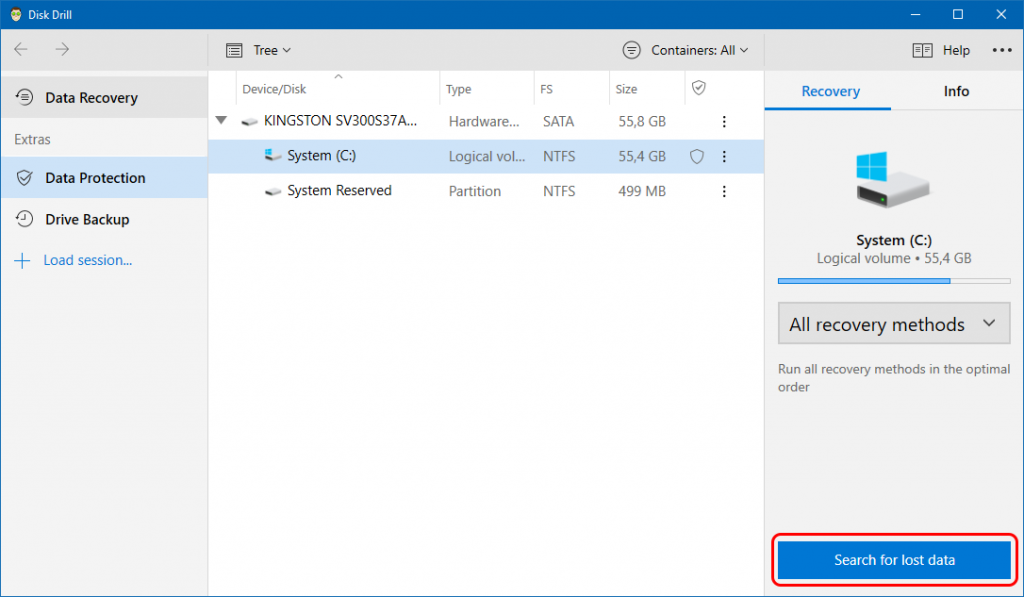

You can also configure your machine to bypass the recycle bin altogether. First, if you press Shift+Delete, the file will go straight to unallocated space without ever going through the recycle bin. A user can actually bypass the bin altogether. Not everything that's deleted passes through the recycle bin. However, emptying the recycle bin (i.e., “taking out the trash”) makes recovery pretty much impossible for the average user. As long as our files are still “in the can,” we can get them back. Fortunately, things aren't nearly as dicey on our computers. I've worked in places where digging through office trash can be a pretty hazardous undertaking. The benefit of putting files into the recycle bin is that we can dig through it and pull our files back out. Finally, you can right-click on an item and choose Delete. They can be moved from a menu item or by dragging and dropping the file to the recycle bin. Unwanted files can be moved to the recycle bin a few different ways.
It's a common notion that when deleted, the file is actually picked up and moved to the recycle bin. The file itself stays exactly where it was. When you delete a file, it's moved to … wait for it … nowhere. I mean, that's where we put the unwanted files, right? But it would also be wrong. Where is a file moved when it's deleted? I bet some of you said the recycle bin. This is referred to as FIFO, or first in, first out. If the amount of data stored in the Recycle Bin exceeds this amount, then the oldest files are removed (permanently deleted) from the Recycle Bin first so that newly deleted files can be stored there. In Windows Vista, 10% of the disk space can be used on drives up to 40 GB, but above that, Windows Vista allows a maximum of 4 GB plus 5% of the disk capacity. This default value can be changed using the slider bar, allowing up to 3.99 GB of space to be used. On systems prior to Windows Vista, the Recycle Bin is allocated 10% of the disk space for recycled files. If you have configured the option of configuring drives independently, then you can set the percentage using a slider that is available on each of the drive letter tabs. The slider bar on this tab allows you to configure the percentage of disk space that will be used to store deleted files in a Recycle Bin. You can also configure how much space is used to store files in the Recycle Bin using this dialog box. Remove files immediately when deleted, no files that are deleted will be sent to the Recycle Bin. By checking the Do not move files to the Recycle Bin. The Global tab also provides the ability to disable the Recycle Bin so that deleted files are not moved to it but are simply deleted instead.


 0 kommentar(er)
0 kommentar(er)
